BATTERY INDICATOR LAMP LIGHTS UP RED WHILE DRIVING
CAUSE & FAULT DIAGNOSIS
One warning light in the car that often lights up RED is the battery indicator light, also known as the charge indicator light.
If this light stays on for longer after starting the engine or starts to light up while driving, this may be an indication of an emerging problem or defect.
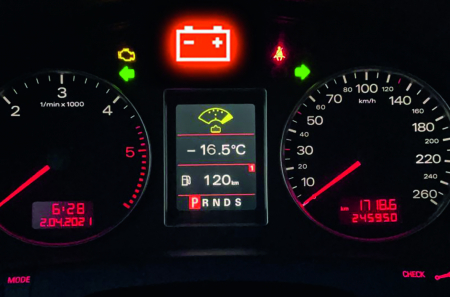
Why does the battery light come on red?
The starter and on-board power supply battery stores and supplies electricity to the car. This happens when the car is stationary and while driving, the required current is produced by the alternator (generator) via the running engine. The basic electrical supply in the car is provided by the battery, e.g. electric central locking, interior lighting and the starter motor (starter).
This is precisely why the battery lamp lights up red when the ignition is switched on but the engine has not yet started.
When the engine is started, the V-belt starts to move and drives the alternator, which now takes over the power supply in the car. The battery is charged and the red light goes out shortly after the engine is started to guarantee perfect functioning.
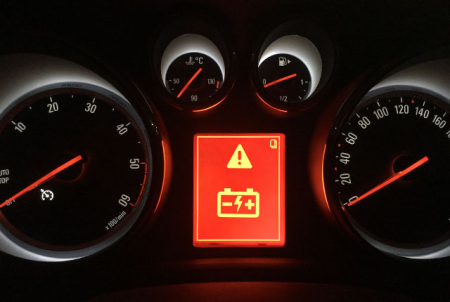
Battery lamp lights up red while driving!
This may indicate a problem or defect in the alternator, battery or other automotive spare and wear parts.
Alternator. You may hear the V-belt squeaking and the alternator may not be able to deliver its full output.
In the worst-case scenario, the V-belt has broken and if it is also driving the cooling water pump, the car must be switched off immediately and assistance from a breakdown service or garage is required. As optimists, let's not assume that!
Assuming other causes, the journey can be continued, preferably with reduced power consumers, to the garage of your choice, which will hopefully not be far away. Depending on the battery power and the available reserve capacity, with a bit of luck this could be another 30 to a maximum of 60 minutes driving time.
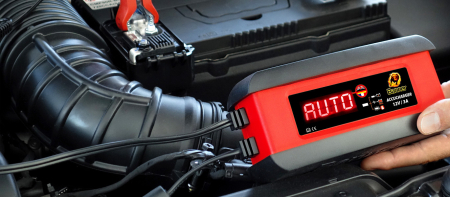
Briefly again about the battery.
This can only be discharged and recharging with a suitable charger - such as the Banner Accucharger - could be sufficient.
Please bear in mind: Especially in winter operation, below 0 degrees Celsius ambient temperature, the battery hardly absorbs any more charging current - regardless of whether it is used for short or long distances on the motorway. At the same time, many power consumers are in operation, such as the rear window heater, seat heater, parking heater and a few others! We are now completely ignoring the Economy (ECO) driving mode, which sometimes reduces the charging voltage to approx. 12.3V! SORRY, the battery is no longer charged when driving!
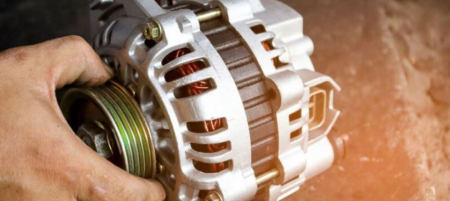
Cause #1 - Defective alternator
Have workshop check and, if necessary, install new alternator.
Is the battery light still on despite the new alternator?
Then the car must be checked for other sources of error
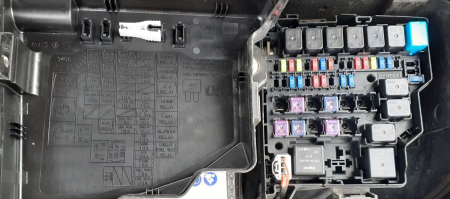
Possible other sources of error briefly noted - without any claim to completeness!
Cause #2 - Blown fuse
Good to know!
No current flow without a functioning fuse. Have it checked in the workshop and replace if necessary.
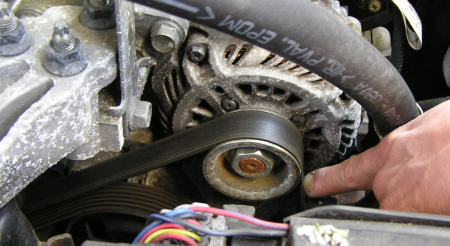
Cause #3 - Problems with the V-ribbed belt
Tension or replace the V-ribbed belt and check the alternator for ease of movement. In most cases, this is done by a specialist in the workshop.
Briefly again on the V-ribbed belt: One day it will be due for replacement. When the flat belt needs to be replaced depends on the vehicle manufacturer. More detailed information can be found in the car's logbook. On average, this value is between 80,000 and 100,000 kilometres. With an average annual mileage of approx. 14,000 kilometres, this corresponds to a replacement interval of around 6-7 years.
PS: A V-ribbed belt, sometimes called a flat belt, is a further development of the V-belt!
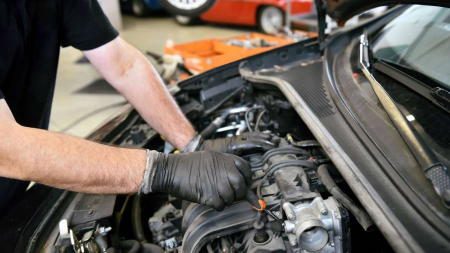
Cause #4 - Electronic defect
Defects and problems in direct connection with electronic components occur rather rarely. Nevertheless, it is said to have happened before.
What is the best thing to do now?
Have the entire electrical/electronic system checked and measured by an expert. Defective parts or problematic components should be replaced; this could be a regulator (for example a charge controller), a sensor, an actuator, a pump or another component.
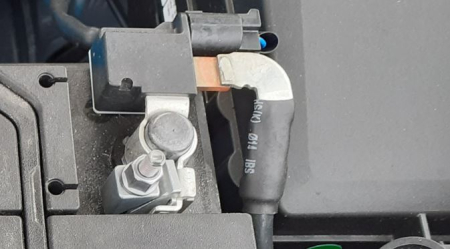
Cause #5 - Poor battery connection
Vibrations and shaking can cause the battery terminals to loosen or the battery cables to become defective. A simple visual inspection is sufficient: Clean the battery terminals and terminal clamps and treat with terminal spray or lightly grease with acid-free terminal grease to prevent corrosion. Ensure that the terminal clamps are firmly seated.
Maximum tightening torques are briefly noted for the sake of completeness:
- Battery connection positive and negative terminals - max. 4 Nm
- Fasten battery with base-hold down - max. 15 Nm (Newton metres)

Cause #6 - Battery defect
After jump-starting and recharging the battery, does it quickly lose power again? The battery is most likely faulty and needs to be replaced.
PS: A battery test at your local garage will provide reliable information about the condition of the battery and the vehicle's electrical system (e.g. regulator voltage).
What do the different colours of the indicator lights in the car mean?
Every car has red, yellow/orange, green, white indicator lights and a blue one. Each colour has a specific meaning.
Red indicator lights
Are an indication that a major problem has occurred or that the malfunction of an important system is imminent. Tip! Never ignore red indicator lights. It is advisable to act quickly and switch off the vehicle to be on the safe side.
Yellow/orange indicator lights
If you see yellow or orange, the problem should be checked and rectified as soon as possible.
Green indicator lights
Stay calm, only a specific function is switched on, e.g. dipped beam lights.
White indicator lights
This is always an indication or a recommendation, e.g. for the next service or an upcoming inspection.
Blue indicator light
The high beam is switched on.
You will always find a detailed and precise explanation of the meaning of all indicator and warning lights in the car owner's manual.
More articles on this topic

